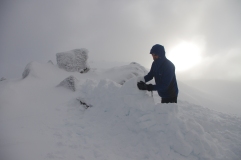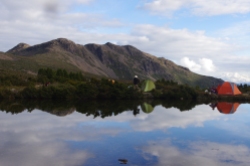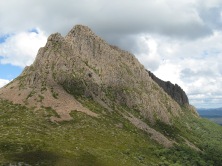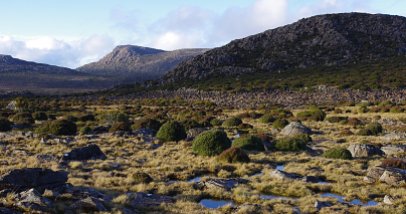For the past decade, Mountain Journal has posted regular stories about the fact that Alpine Ash communities are facing the prospect of ecological collapse – that is, the loss of these forests and their conversion to something else – most likely a grassy and scrubby system perpetually stuck in a loop of fire followed by rapid development of flammable regrowth, followed by fire.
The Alpine Ash is closely related to the better known Mountain Ash which. New research says that the threats faced by Mountain Ash are significant enough for the species to be listed as threatened under national legislation. We would agree and argue that the Alpine Ash communities need the same level of recognition.
Continue reading “Mountain Ash at risk of collapse. Same as Alpine Ash.”



































































Recent Comments